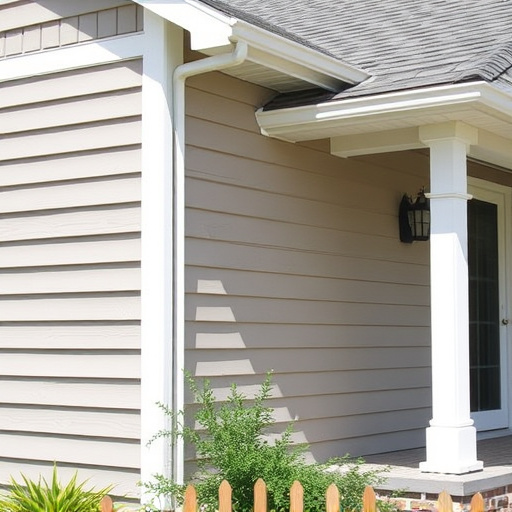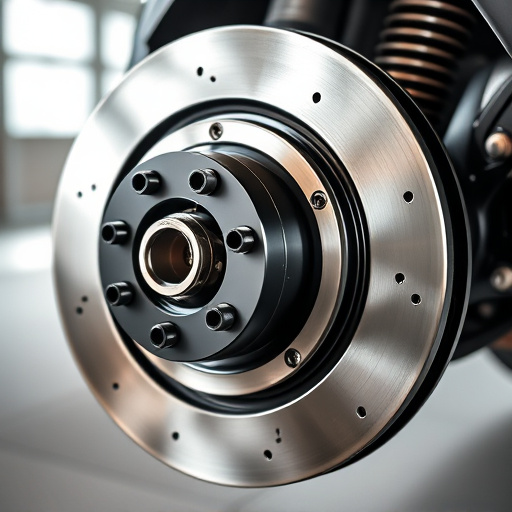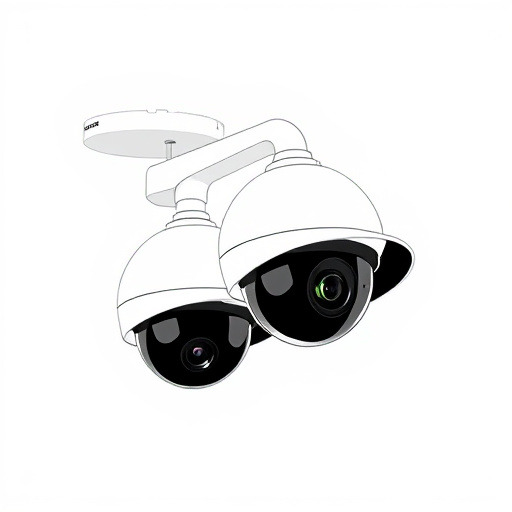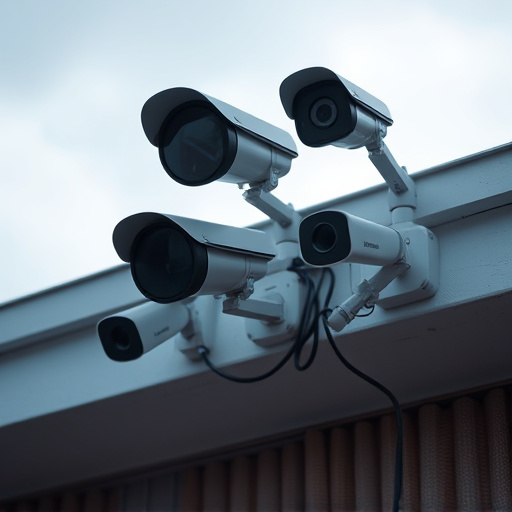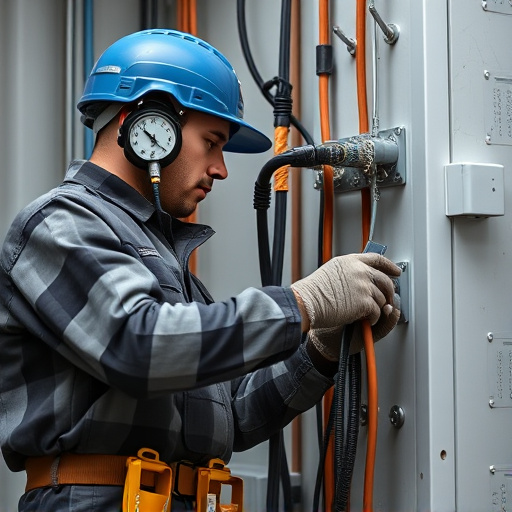Category: Internet Cable Installation Pittsburgh PA
Internet Cable Installation Pittsburgh PA: Unlocking High-Speed Connectivity
Introduction
Welcome to an in-depth exploration of a vital aspect of modern infrastructure—Internet Cable Installation in Pittsburgh, Pennsylvania. This comprehensive guide aims to shed light on the processes, technologies, and impacts associated with deploying high-speed internet cables in urban areas like Pittsburgh. As digital transformation accelerates globally, reliable and robust internet connectivity has become a cornerstone for economic growth, social engagement, and innovation. Pittsburgh’s journey towards enhancing its internet infrastructure is a fascinating case study, offering valuable insights into the challenges, opportunities, and best practices in cable installation.
Understanding Internet Cable Installation: A Cornerstone of Modern Connectivity
Internet Cable Installation refers to the process of laying down physical cables, typically fiber-optic or copper, to establish high-speed data transmission networks. These cables serve as the backbone for internet connectivity, enabling households, businesses, and institutions to access online resources seamlessly. In Pittsburgh, where digital services have traditionally faced challenges due to geographical constraints and aging infrastructure, cable installation projects are pivotal in bridging the digital divide.
Core Components:
- Cables: The physical medium for data transfer, including fiber-optic cables (made of glass or plastic fibers) known for their high bandwidth and speed, and copper cables used for shorter distances.
- Connectors and terminations: Special equipment used to join and secure cable segments, ensuring reliable connections.
- Network Devices: Routers, switches, and modems facilitate data communication between devices and the internet.
- Backbone Network: A high-capacity network that connects various local networks, enabling data exchange across broad areas.
Historical Context:
The concept of cable installation has evolved since its early beginnings in the late 19th century when telegraph lines were laid to transmit messages. With the advent of the internet in the late 20th century, the demand for faster and more reliable data transmission fueled advancements in cable technologies. Fiber-optic cables, in particular, have revolutionized internet connectivity due to their ability to carry vast amounts of data at incredible speeds over long distances.
Global Impact and Trends: A Digital Revolution in Motion
The impact of Internet Cable Installation extends far beyond Pittsburgh’s borders, influencing global digital landscapes. Key trends shaping the industry include:
- Urbanization of Broadband: Rapid urbanization has led to a growing demand for high-speed internet in metropolitan areas like Pittsburgh. As cities expand, efficient and robust cable infrastructure becomes essential for supporting digital lifestyles.
- Increasing Bandwidth Requirements: With the rise of streaming services, virtual reality (VR), and augmented reality (AR) applications, global internet traffic is surging. This has prompted a race to install higher-capacity cables to meet these demands.
- Undersea Cable Expansion: While land-based installations are prevalent, undersea cables play a crucial role in connecting continents and facilitating international data exchange. Projects like the Trans-Atlantic Cable System enhance global connectivity.
- Government Initiatives: Many countries are investing heavily in digital infrastructure to promote economic development and bridge the digital divide. For example, the European Union’s Digital Single Market strategy aims to provide broadband access to all citizens by 2025.
Economic Considerations: Driving Digital Transformation
Internet Cable Installation is a significant economic driver with far-reaching implications.
Market Dynamics:
- The global broadband infrastructure market was valued at USD 137.5 billion in 2021 and is projected to grow at a CAGR of 14.8% from 2022 to 2030 (Source: Grand View Research).
- Local markets like Pittsburgh’s contribute to this growth, attracting investments from both public and private sectors.
Investment Patterns:
- Public-private partnerships (PPPs) are common in large-scale cable installation projects, leveraging the expertise and resources of both sectors.
- Governments often provide incentives and subsidies to encourage private investment in digital infrastructure.
- Successful installations can lead to increased property values, business growth, and improved quality of life, creating a positive economic cycle.
Economic System Integration:
High-speed internet connectivity is no longer a luxury but a necessity for modern economies. Efficient cable installations enable:
- Remote Work and E-commerce: Businesses can expand their reach globally, facilitating e-commerce and remote work arrangements.
- Innovation and Startup Culture: Cities with robust digital infrastructure attract tech startups and foster innovation ecosystems.
- Digital Education and Healthcare: Remote learning and telemedicine gain prominence, improving access to education and healthcare services.
Technological Advancements: Pushing the Boundaries of Connectivity
The field of Internet Cable Installation is characterized by constant technological innovations.
Fiber-Optic Breakthroughs:
- Gigabit Fiber: The deployment of gigabit fiber optic cables allows for data transfer speeds exceeding 1 Gbps, enabling ultra-high-speed internet connectivity.
- Wavelength Division Multiplexing (WDM): This technology increases the capacity of fiber cables by allowing multiple signals to be transmitted simultaneously over a single fiber, enhancing network efficiency.
Undersea Cable Technologies:
- Lightweight and Flexible Cables: Advances in cable design make them easier to lay, reducing installation time and costs.
- Advanced Diving Robots: Remote-operated vehicles (ROVs) assist in laying cables in challenging underwater environments, improving safety and precision.
Wireless Complementary Solutions:
While wireline connections remain dominant, wireless technologies play a supporting role:
- 5G Networks: The rollout of 5G promises faster speeds, lower latency, and increased network capacity, complementing fiber optic installations.
- Satellite Internet: In areas with limited terrestrial infrastructure, satellite internet provides connectivity solutions, though it may not match the speed of cable connections.
Policy and Regulation: Shaping Digital Infrastructure
Governments play a crucial role in shaping the landscape of Internet Cable Installation through policies and regulations.
Key Policies:
- Telecommunications Act (1996): In the United States, this act established rules for open access to telecommunications infrastructure, promoting competition and consumer choice.
- Net Neutrality Rules: Ensures that internet service providers treat all data on their networks equally, preventing discrimination in data transmission.
- Spectrum Allocation: Governments allocate radio frequency spectrum for various purposes, including wireless broadband deployment.
Regulatory Frameworks:
- Licensing and Permitting: Cable installation projects often require permits and licenses from local authorities to ensure compliance with building codes and safety regulations.
- Network Open Standards: Encouraging the use of open standards ensures interoperability between different network components, promoting innovation and competition.
- Data Privacy Laws: Regulations like the General Data Protection Regulation (GDPR) in Europe set guidelines for handling personal data during cable installation and operation.
Challenges and Criticisms: Overcoming Obstacles
Despite its benefits, Internet Cable Installation faces challenges and criticisms that require strategic solutions.
Challenges:
- Geographical Constraints: Pittsburgh’s hilly terrain and urban density present logistical challenges during cable installation, impacting costs and timelines.
- Aging Infrastructure: Upgrading existing infrastructure while maintaining services is complex and costly.
- Cost and Funding: High initial investment costs can deter private sector participation, especially in lower-income areas.
Criticisms and Solutions:
- Lack of Transparency: Open and transparent communication between service providers and consumers is essential to building trust.
- Digital Divide: To address the digital divide, governments should offer incentives for providers to deploy infrastructure in underserved areas. Subsidies or tax breaks can encourage investment.
- Environmental Impact: Eco-friendly cable installation practices, such as minimizing excavation and using sustainable materials, help mitigate environmental damage.
Case Studies: Success Stories in Action
Let’s explore a few case studies that highlight successful Internet Cable Installation projects and the lessons learned.
Case Study 1: Chicago’s Fiber Optic Rollout
The city of Chicago embarked on an ambitious project to install a network of fiber-optic cables across the entire city, known as “Chicago Connect.” The initiative aimed to provide gigabit internet access to all residents by 2024. Key takeaways include:
- Public-Private Partnerships: The project involved multiple private providers, ensuring competition and diverse service offerings.
- Community Engagement: Successful engagement with local communities helped address concerns and gain support for the installation.
- Phased Implementation: Breaking down the project into phases allowed for better management and adaptation to challenges.
Case Study 2: rural Brazil’s Broadband Initiative
In remote regions of Brazil, the government launched a program called “Internet para Todos” (Internet for All) to provide broadband access to rural areas. The project involved:
- Undersea Cable Connections: Connecting remote villages to undersea cables improved internet accessibility, bridging the digital divide in rural communities.
- Community-Based Approach: Local volunteers assisted with installation, fostering community ownership and engagement.
- Affordable Pricing: Subsidized pricing made broadband access affordable for low-income families.
Future Prospects: Shaping Tomorrow’s Connectivity
The future of Internet Cable Installation is filled with promising opportunities and trends.
Potential Growth Areas:
- 5G Rollout: As 5G networks mature, they will demand high-capacity cables to support faster data rates and reduced latency.
- Smart Cities: Pittsburgh can leverage cable infrastructure to support smart city initiatives, including IoT (Internet of Things) devices and real-time data analytics for efficient urban management.
- Remote Healthcare and Education: Advancements in telemedicine and online education will drive demand for reliable, high-speed internet connections in underserved areas.
Emerging Trends:
- Edge Computing: Deploying computing resources closer to data sources reduces latency and enhances the overall network performance. Edge computing nodes can be integrated into cable infrastructure.
- Software-Defined Networking (SDN): SDN allows for dynamic and flexible network management, enabling service providers to quickly adapt to changing demands.
- Green Infrastructure: The industry is moving towards sustainable practices, including renewable energy sources for powering data centers and environmentally friendly cable materials.
Strategic Considerations:
- Public-Private Partnerships (PPPs): Continued collaboration between governments and private sector players will drive innovation and efficient infrastructure development.
- Digital Literacy Programs: Investing in digital literacy initiatives ensures that communities can fully benefit from improved connectivity.
- International Cooperation: For undersea cable projects, international partnerships ensure global connectivity and data exchange.
Conclusion: Connecting Pittsburgh and Beyond
In conclusion, Internet Cable Installation Pittsburgh PA represents a multifaceted endeavor that shapes the city’s digital landscape and has global implications. From its technical intricacies to economic and social impacts, this field is a testament to human ingenuity and our relentless pursuit of connectivity. As technology continues to evolve, Pittsburgh’s cable installation projects will play a pivotal role in fostering innovation, driving economic growth, and bridging the digital divide.
FAQ Section: Answering Common Queries
Q: What are the main benefits of fiber-optic cables over copper for internet connections?
A: Fiber-optic cables offer significantly higher bandwidth, enabling faster data transfer speeds. They are less susceptible to signal degradation over long distances and provide more reliable connections compared to copper cables.
Q: How does the rollout of 5G impact cable installation projects?
A: 5G networks demand high-capacity cables to support their enhanced data rates and low latency. Cable installation projects should be designed with future-proofing in mind, integrating infrastructure that can accommodate the increased network demands of 5G.
Q: What role do government incentives play in encouraging broadband deployment?
A: Government incentives, such as subsidies, tax credits, and grants, can significantly encourage private sector investment in broadband infrastructure, especially in rural or underserved areas. These incentives help reduce installation costs and make projects more financially viable.
Q: How does the digital divide impact communities, and what can be done about it?
A: The digital divide refers to the gap between those with access to advanced telecommunications technologies and those without. It impacts education, employment, healthcare, and social engagement. To bridge this gap, governments and service providers should offer affordable broadband services, invest in community-based initiatives, and provide digital literacy programs.
Q: What are some environmental considerations in cable installation?
A: Cable installation projects should adopt eco-friendly practices, including minimizing excavation to reduce environmental disturbance, using recyclable materials, and implementing efficient energy management systems for data centers.
Green Tech Revolutionizes Internet Cable Installation in Pittsburgh PA

Pittsburgh, PA, leads in sustainable Internet cable installation with eco-friendly materials like re…….
Top Cable Installation in Pittsburgh PA: Seamless Solutions Near You
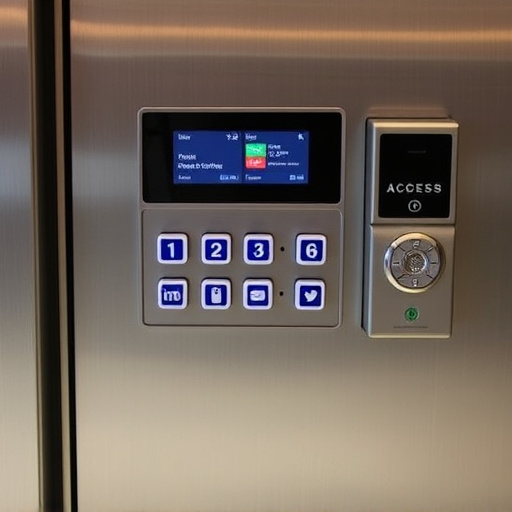
Pittsburgh PA residents have diverse options for Internet cable installation with competitive pricin…….
Expert Guide to Internet Cable Installation in Pittsburgh PA
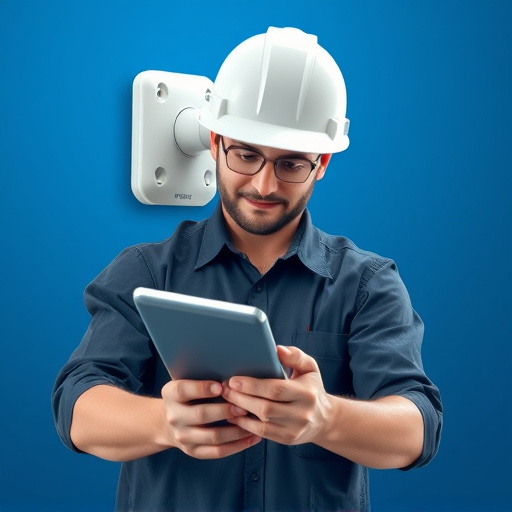
When installing Internet cable in Pittsburgh, PA, evaluate providers based on speed, packages, relia…….
Fiber Internet: Pittsburgh PA’s Future Cable Installation?
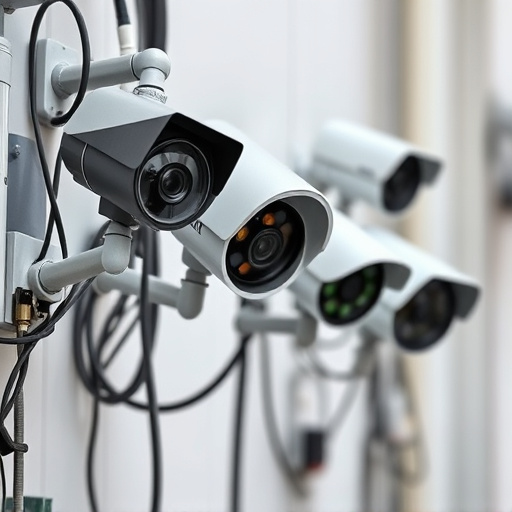
Fiber optics in Pittsburgh, PA, offer a significant upgrade over copper cables, providing up to 10 G…….
Pittsburgh PA Businesses Thrive with Internet Cable Installation Growth
Comparing Internet Cable Installation Costs in Pittsburgh PA
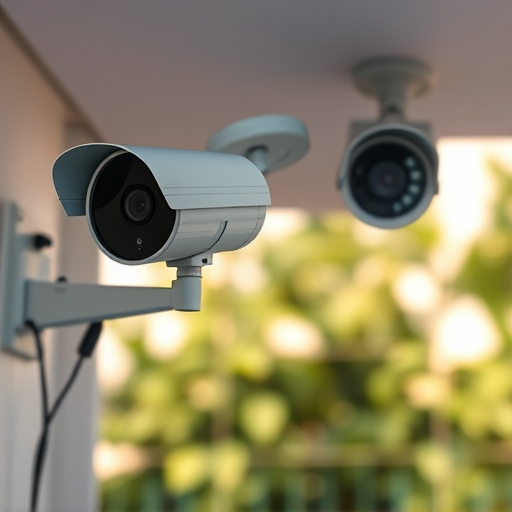
Internet Cable Installation Pittsburgh PA costs vary based on distance to infrastructure, desired fe…….
Fastest Internet Cable Installation Pittsburgh PA Guide
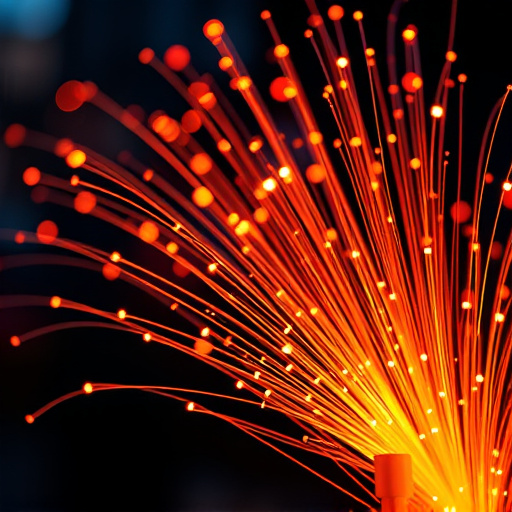
Internet Cable Installation Pittsburgh PA offers strategic, minimal-disruption planning with fiber o…….
Pittsburgh PA: Underground Cable Installation Revolutionizes Connectivity
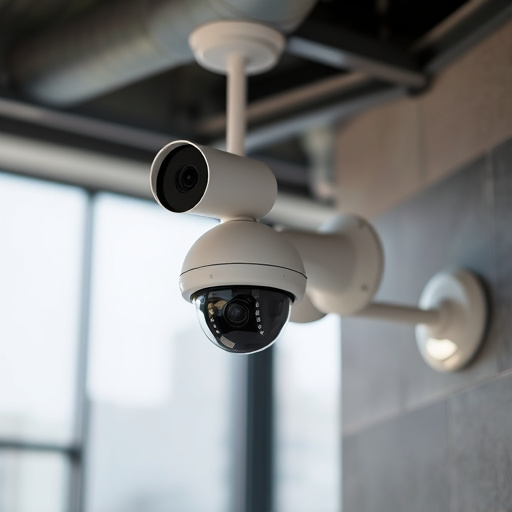
Pittsburgh is revolutionizing its digital infrastructure with an underground cable network expansion…….
Top Internet Cable Installation Services in Pittsburgh PA
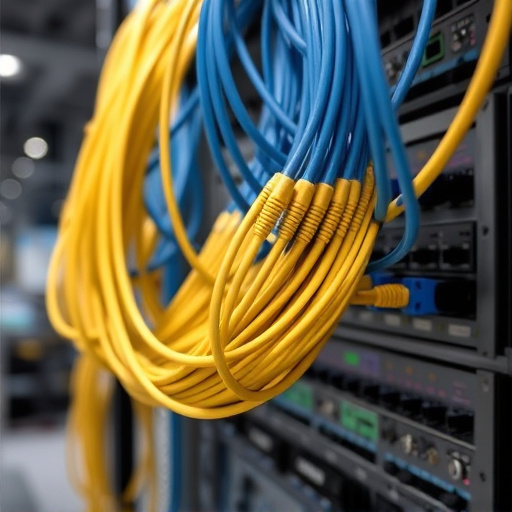
Residents in Pittsburgh, PA, have various options for Internet cable providers offering competitive…….

